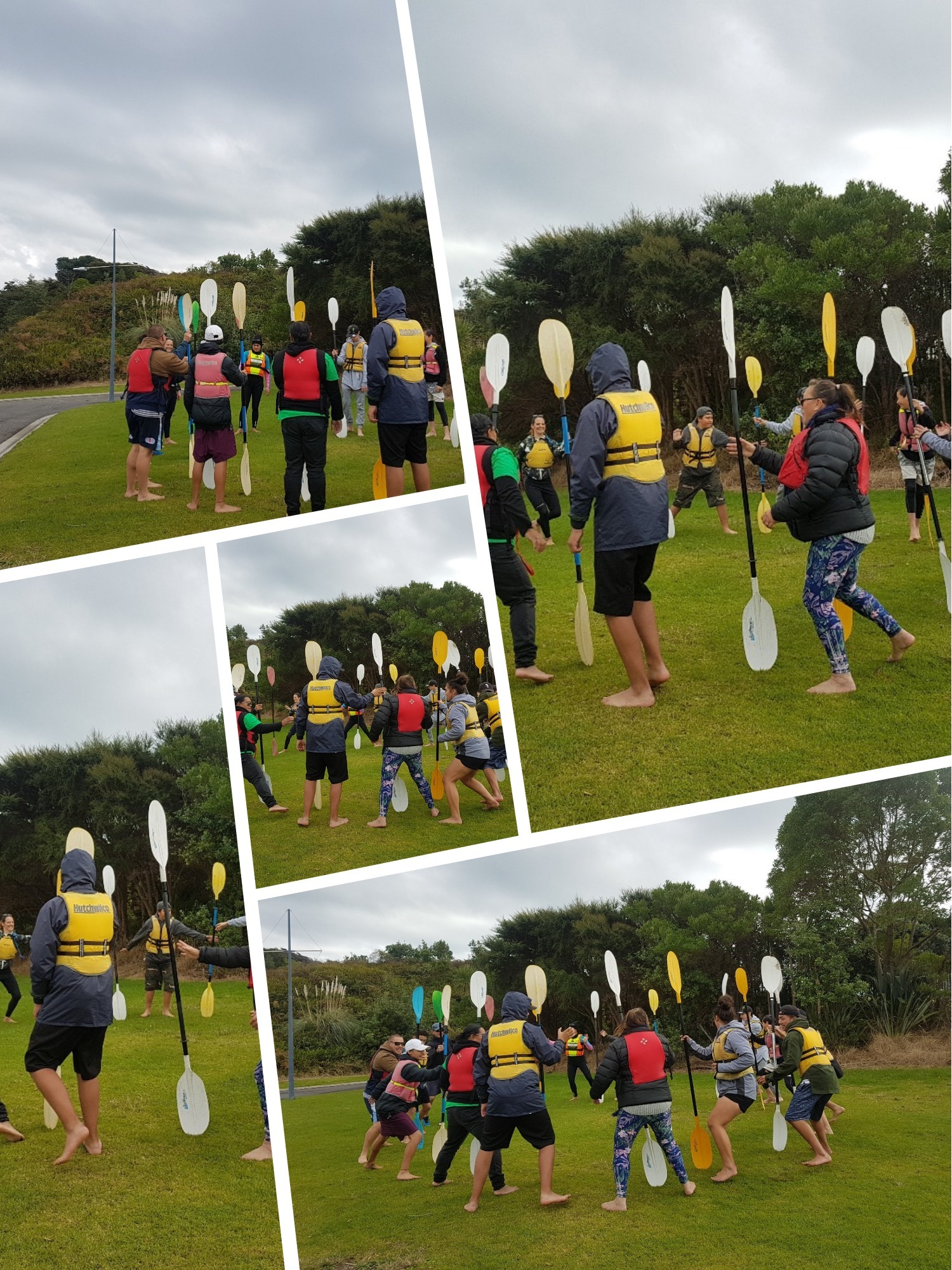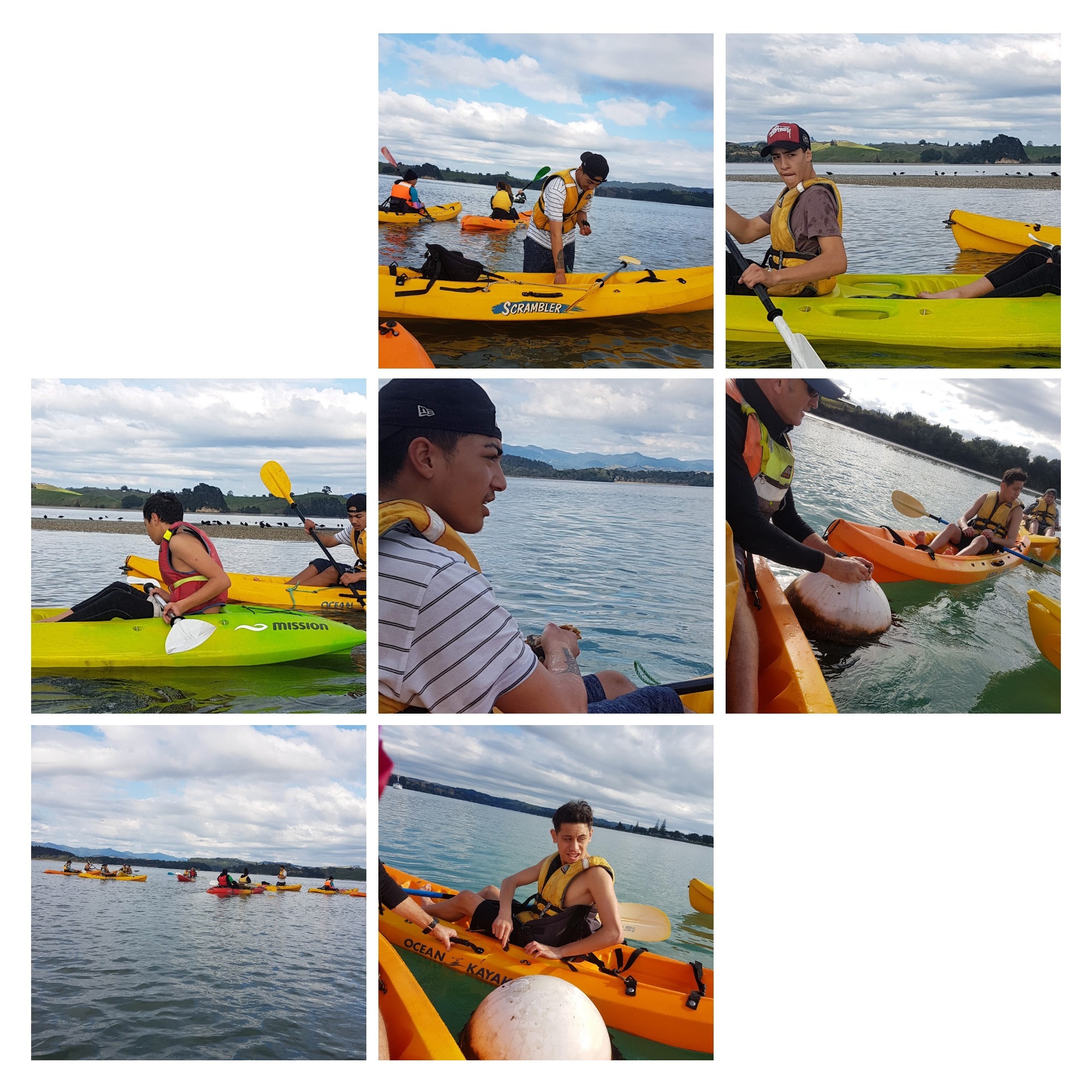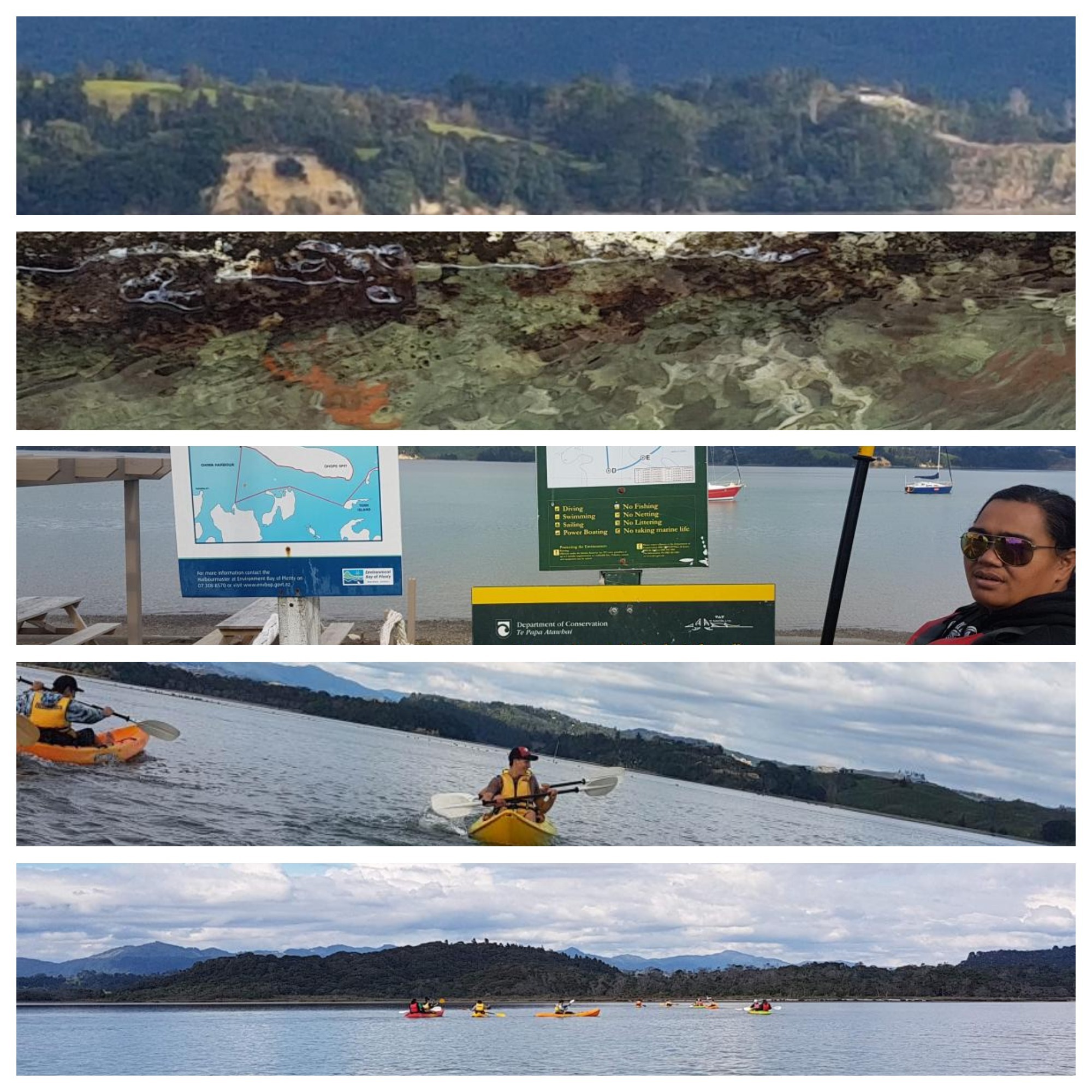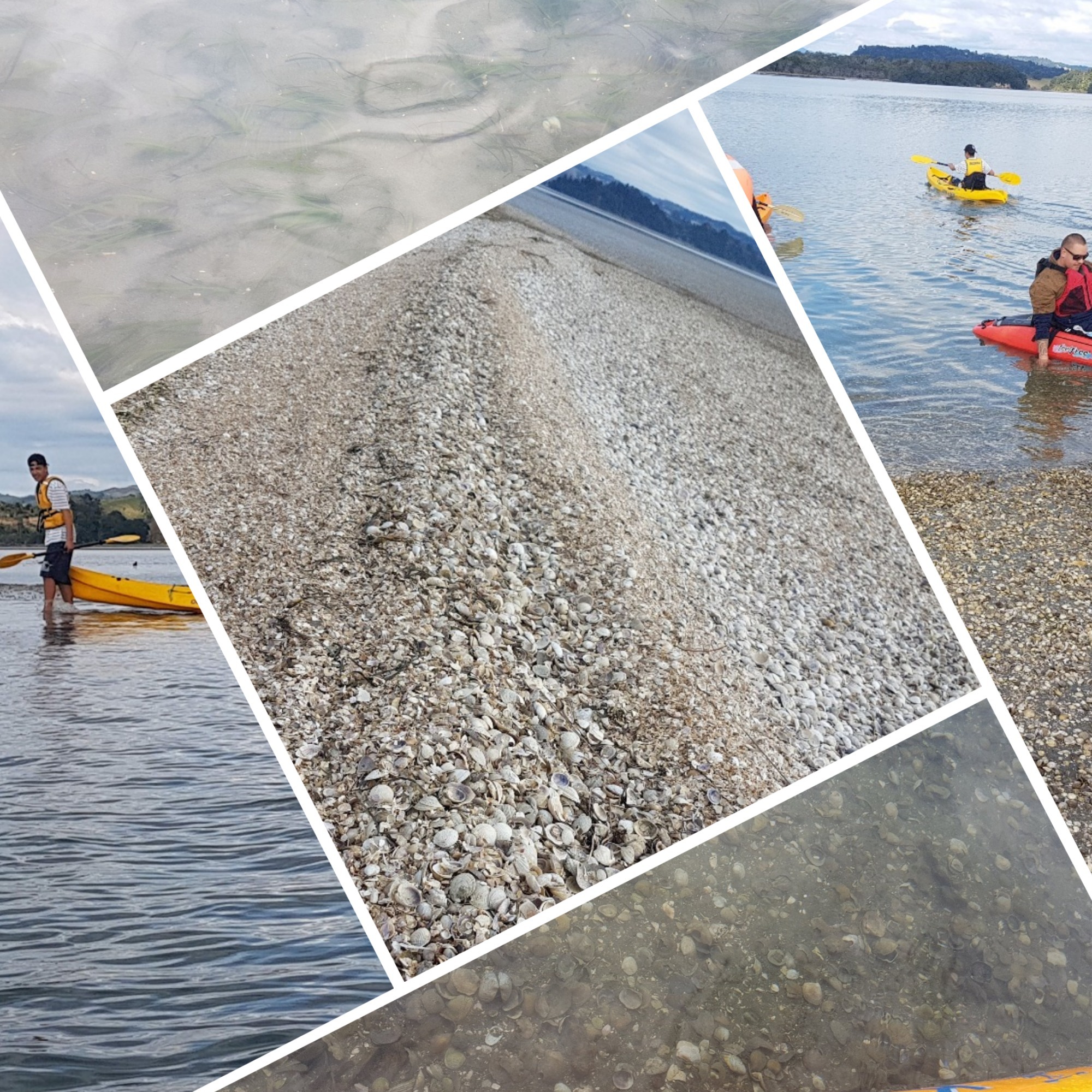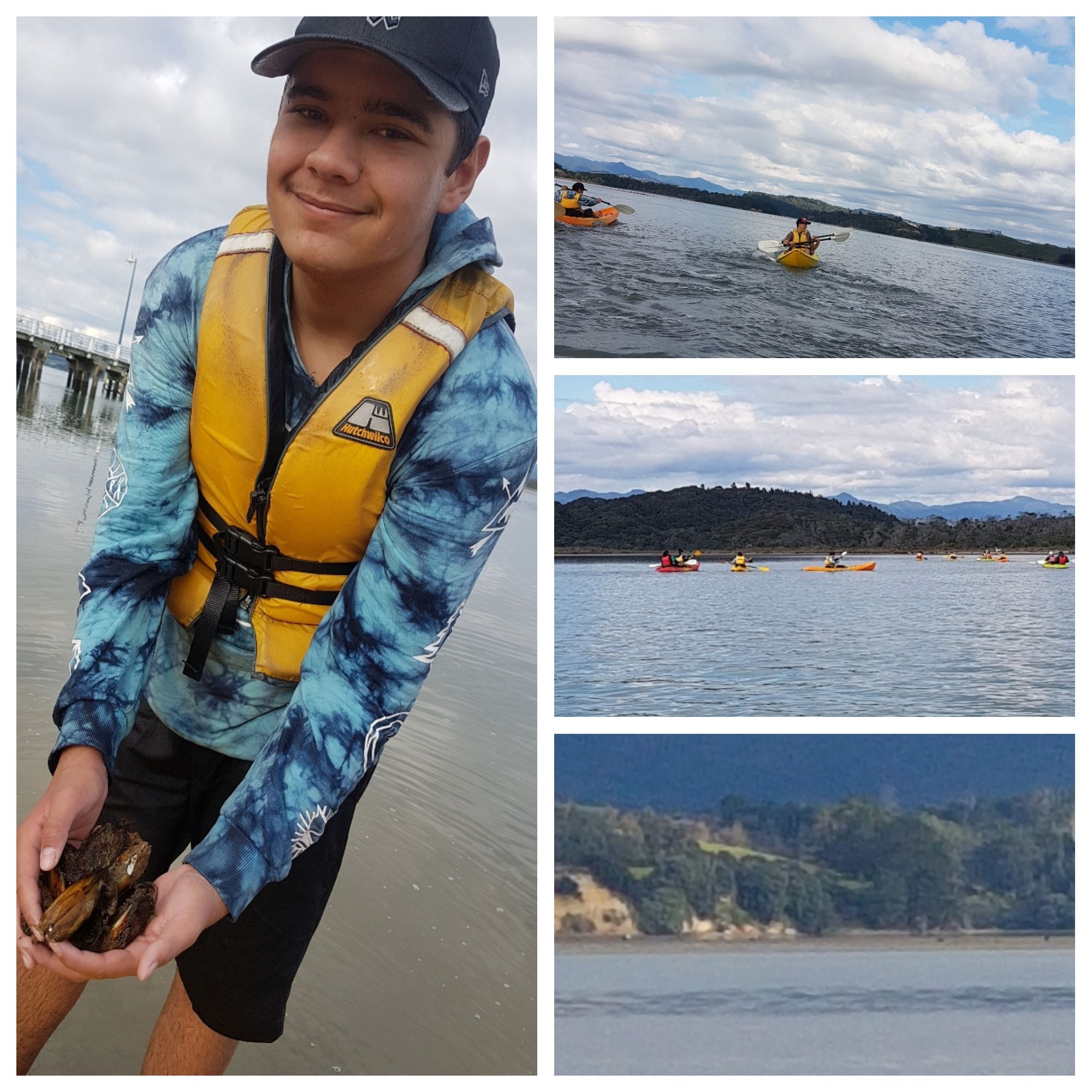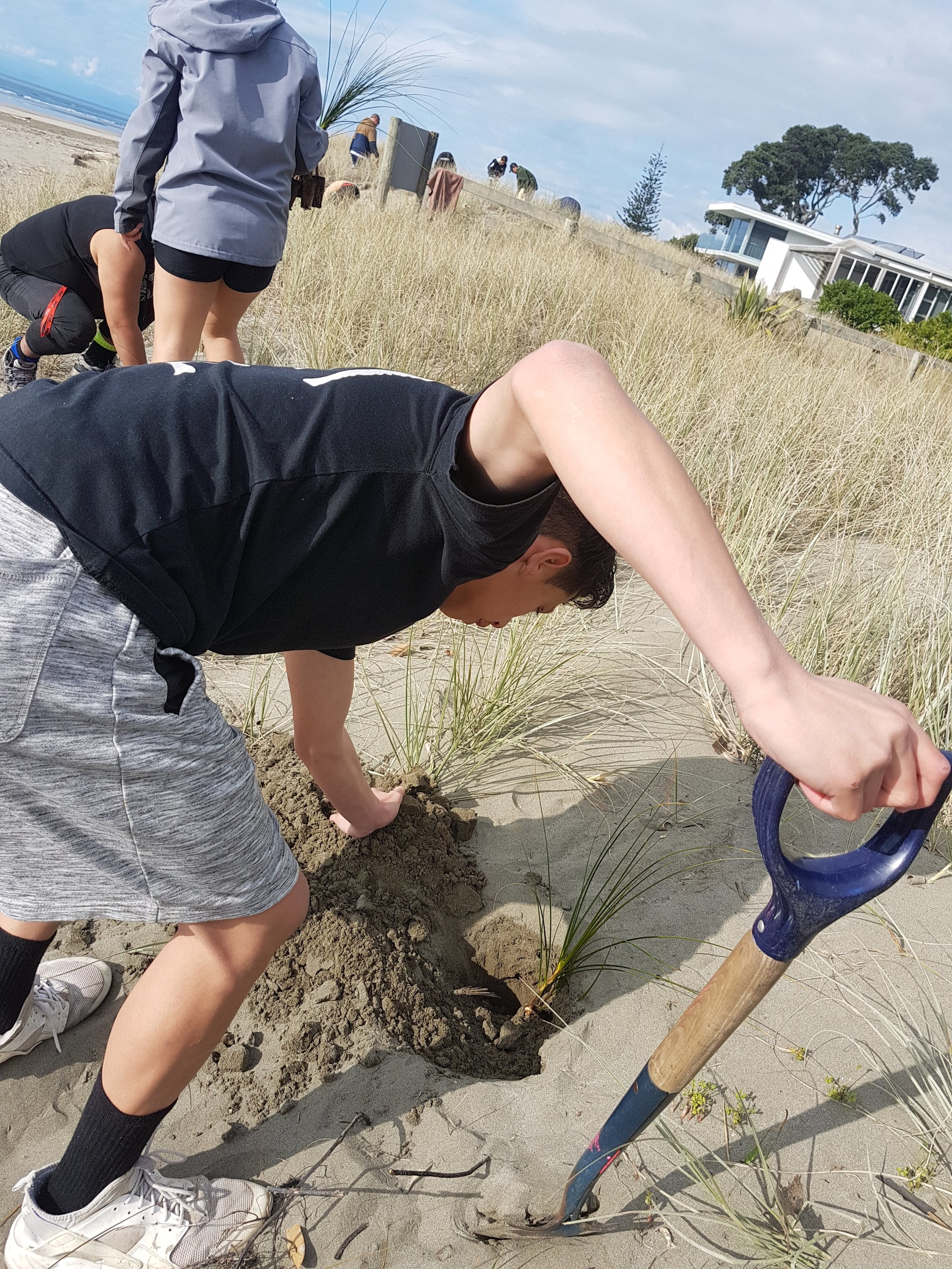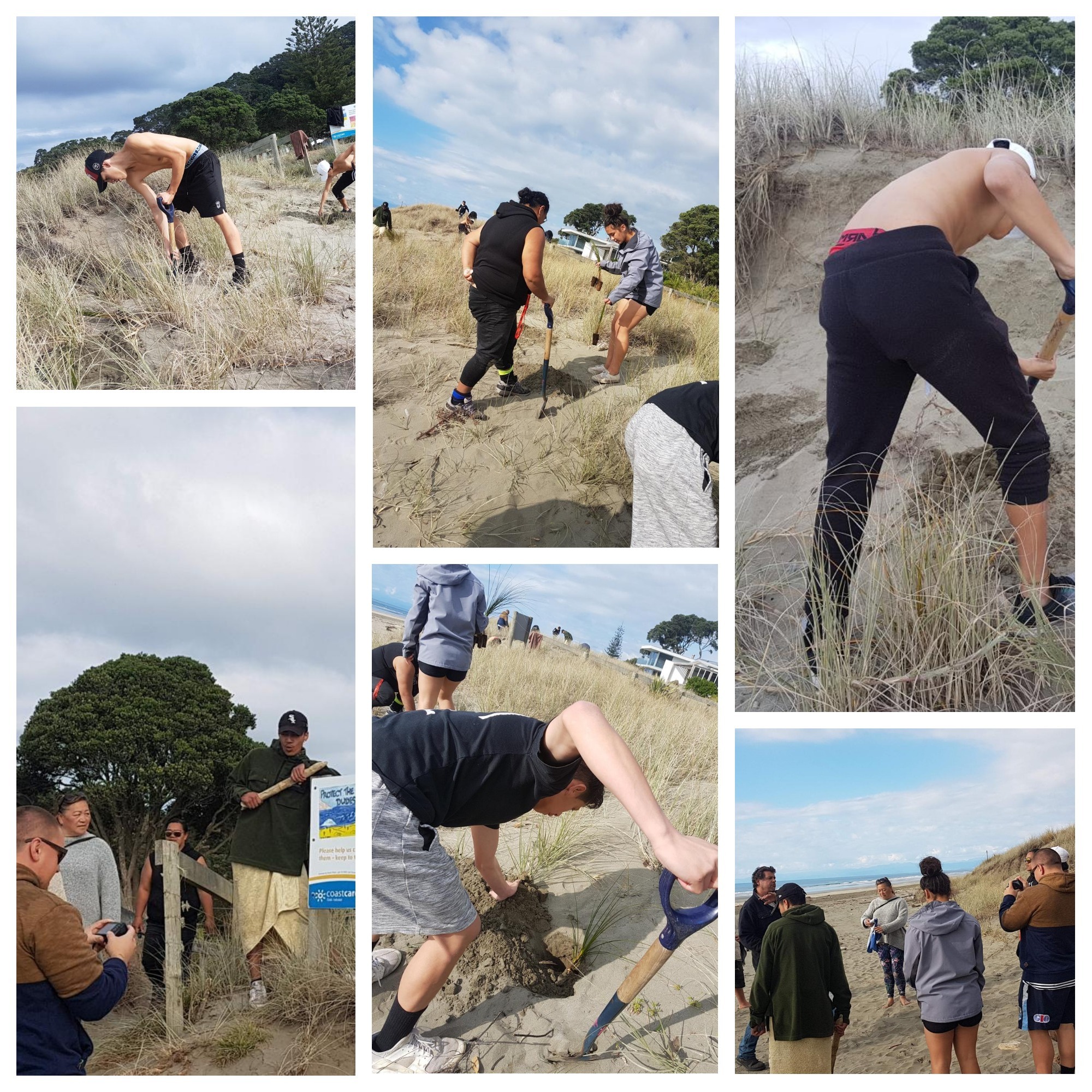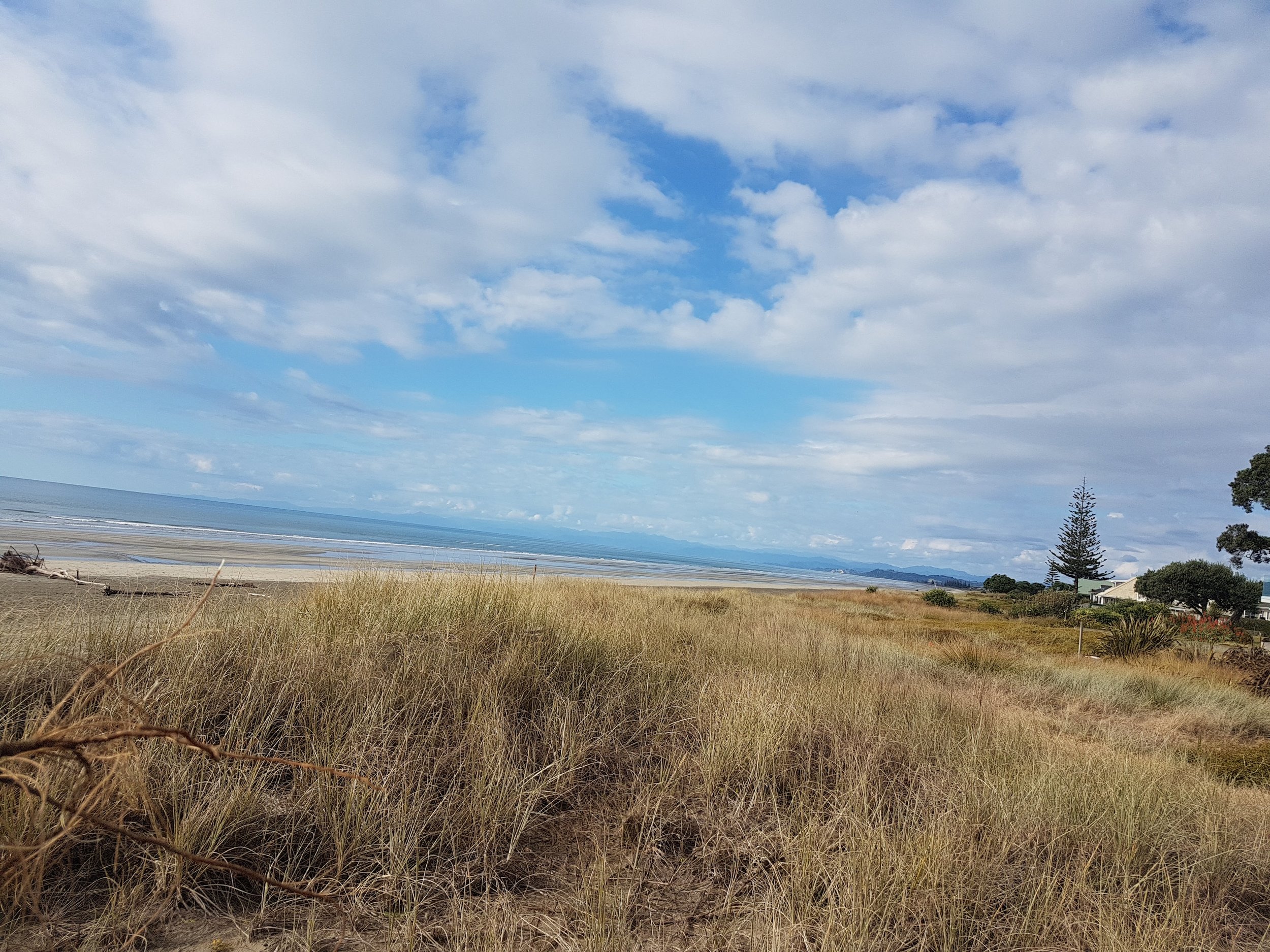Healthy Harbours: Ohiwa Harbour
Rangatahi attending Āwhina centre Rotorua had the opportunity to learn about the science behind our Ōhiwa Harbour (the jewel of the Bay of Plenty) its significance as taonga; its challenges and sustainability issues. Science is all around us and making it relevant and fun to students within these alternative education centres only serves to increase their curiosity and interest in STEM.
Ōhiwa Harbour is situated in the eastern Bay of Plenty. The harbour itself is separated from the Pacific Ocean by a six-kilometre long sand spit – Ōhope Spit - on the western side of the harbour entrance, and a much smaller spit of approximately 900 m - Ōhiwa Spit - to the east. The urban settlement of Port Ōhope is on the Ōhope Spit, west of the harbour mouth. The harbour itself covers an area of approximately 26.4 km2, and is relatively shallow, exposing 80 per cent of its bed at low tide. There are twelve small streams and one small river (the Nukuhou River) feeding into the harbour from the inland hills towards Matahī, and in the Nukuhou Valley.
PTC worked closely with Bay of Plenty coastal scientists Wayne O'Keefe and Kenny from KG Kayaks to facilitate an exciting learning opportunity for these rangatahi to appreciate how sustainable management and enhancement of Ōhiwa Harbour will maintain important indigenous traditions and relationships that Māori have with Ōhiwa Harbour.
Rangatahi learnt that 'the health of the Ōhiwa Harbour relies on the health of the estuary, which in turn relies on land management practices within the catchment'.
They learnt that sedimentation, nutrients and general pollutants from land use have been reported as threatening the health of the harbour. Nutrient run-off from farms for example leads to increased nitrification of the harbour which has adverse effects, such as increased mangrove growth and toxic blooms and possibly other changes in the ecological balance of the harbour. This in turn can result in 'reduced water quality and sediment build-up which affect aquatic and harbour margin ecosystems, including shellfish and other traditional foods.
Students also gained insight into the effect of urban activity and poor land management practices on natural erosion processes. These include stock in streams and estuaries, commercial forestry, and poorly stabilised land eroding during heavy rain events. Armed with a growing sense of the significance of planting along the waterways, students got to work making their unique contribution to the community efforts at Ohope beach.
Rangatahi planted Spinifex sericeus or kowhangatara - A native fore sand dune stabilising plant, with hairy silver-grey leaves which grow into long rhizomes trapping the sand. They also planted Ficinia spiralis or pingao -A native fore sand dune stabilising plant with golden/orange leaves that form on stiff tufts along with runners on and under the sand.
Ōhiwa Harbour is a treasure for people and an important site for estuarine habitat and native and migratory birds. It is through the exercise of kaitiakitanga that youth learn ways they can contribute and steward our precious resources.


